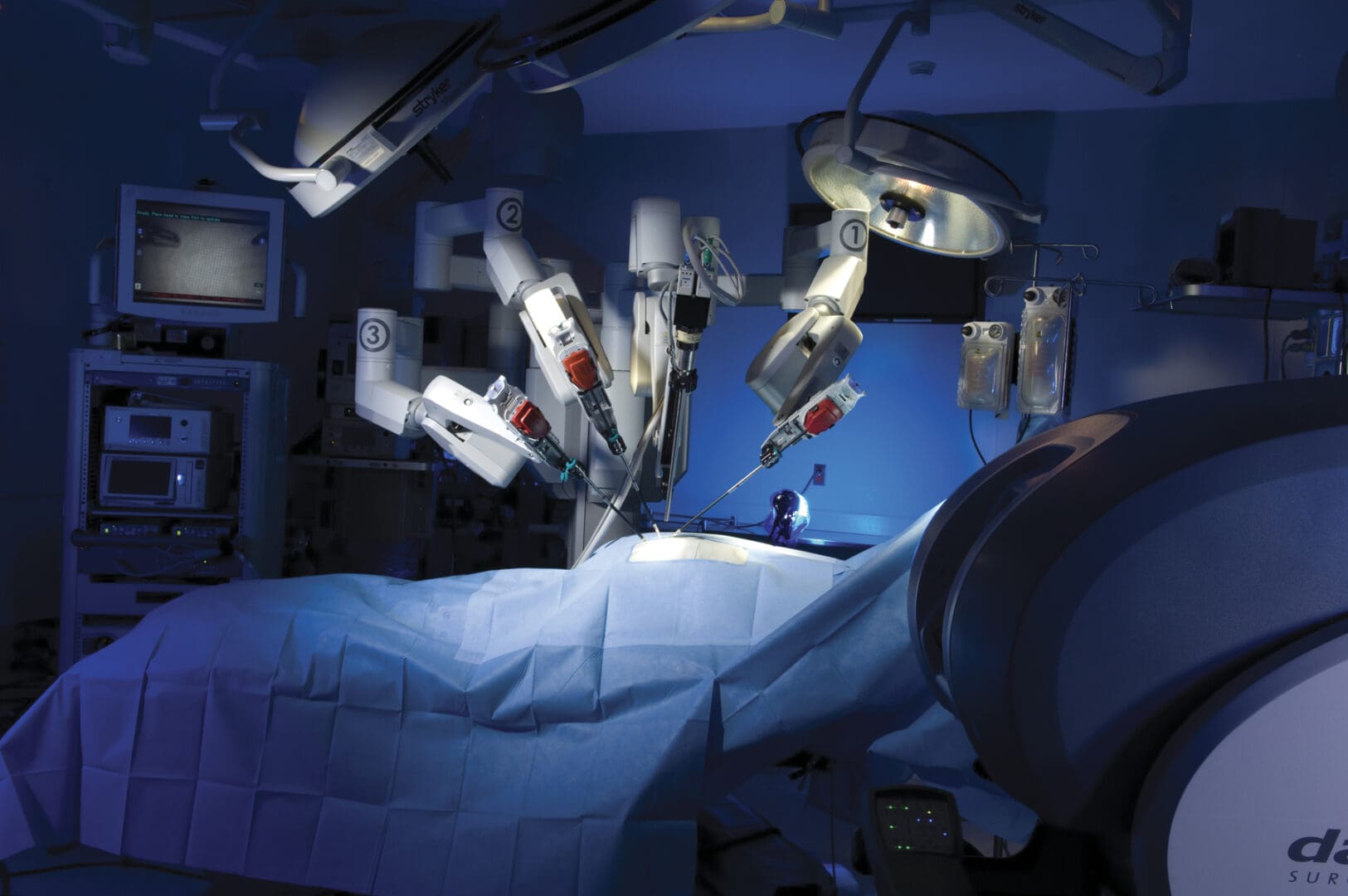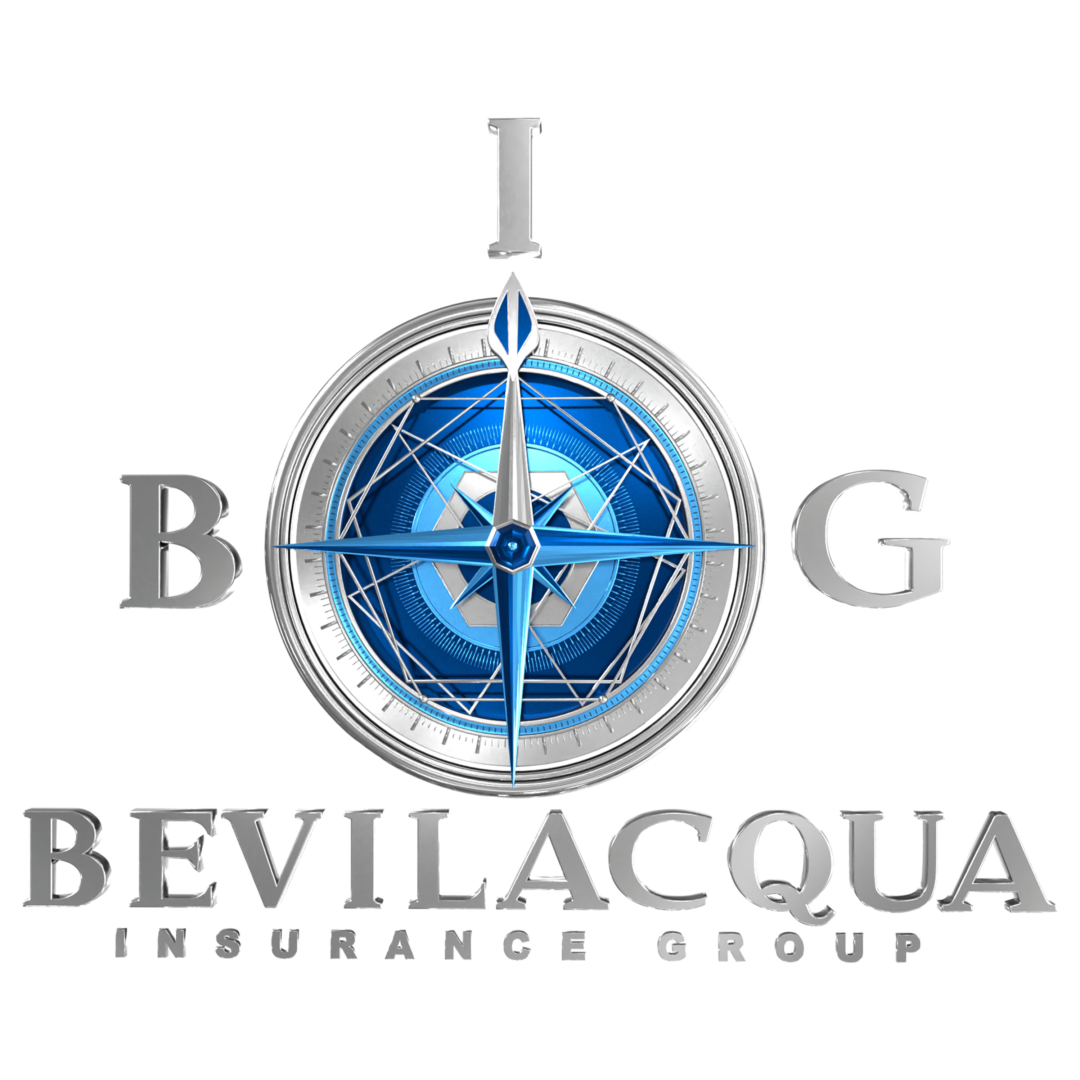Robotics and the Future of Professionals, Part 1: The Medical Field

Remember when factory workers were more worried than, say, doctors that their jobs were at risk due to a robotic takeover? Those fears turned out to be somewhat warranted, yet the U.S. has managed to increase worker productivity by 3.7% per year for 60 years. In 2013, reporters from the Associated Press set out to understand which exact professions were in danger of being lost to new technologies. What the AP found was that in the past four years it was not just factory jobs that were being replaced by robots, it was well paid middle-class positions.
Travel agents, accountants and secretaries are among the jobs that have dwindled due to the increase of software use, but as technology has grown, even more knowledge-based jobs have become outsourced to computerization. Carl Benedikt Frey and Michael A. Osborne, Oxford academics, predicted that within 10 to 20 years, half of all jobs might become inessential due to an influx of computerization (theguardian.com). But, it is not just office workers that are at risk of the new commercialization of computers: it’s also doctors.
Pattern recognition software programs and computer questionnaires are replacing medical positions like radiologists and diagnosticians, respectively. Vinod Khosla, a Silicon Valley investor, posited in 2012, in an article entitled Do We Need Doctors Or Algorithms? that 80% of physicians might be replaced by computers and robotics within a generation.
Even Star Trek-like capabilities are not far from fruition as XPRIZE, an innovation company out of California, are offering $10 million to the first team that is able to create a “tricorder”, a device on the popular television series that was able to diagnose a set of 15 different diseases without having a medical professional on hand.
“Where this is going is that, eventually, robots will end up doing surgeries on their own,” said CEO of XPRIZE Dr. Pete Diamandis (theguardian.com).
Indeed, this type of robotic surgery is already underway in the form of Da Vinci, a surgical system created by Intuitive Surgical that can be controlled by a surgeon from anywhere in the world through an online portal.
In the future, it is very likely that much of the diagnosis in the world will be done by some sort of computing engine that can hold many more parameters and criteria than the standard medically-minded human brain. But, the apocalypse has not come to the medical community in terms of employment, as there will be plenty of room in the field for the human element of medicine.
Also, don’t expect this switch over to robotics to happen overnight, or for that matter, relatively soon. I’ve reported before in a previous blog that there is a doctor shortage in the country that by 2020 may see a deficit of up to 91,500 physicians, and compared to the rest of the world, that’s low.
So, if you’re a medical professional, fear not. The profession will thrive on for the foreseeable future. But, be aware that there will come a time, when perhaps the little doctors you are incubating at home finally finish medical school, that the medical profession will indeed change forever. The doctors of the future will just have to change with it.

